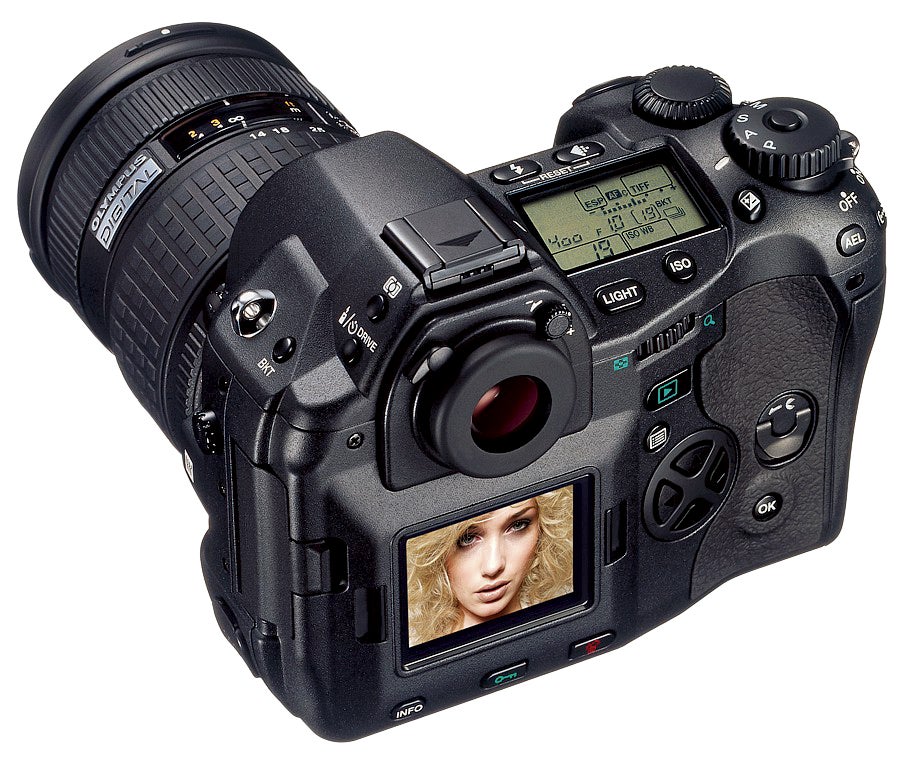In this article we look at the ultrasonic sensor cleaner, providing a guide to what it is for and how it works

The ultrasonic sensor cleaner was first seen in Olympus’s first DSLR, the E-1, launched in 2003. It is a sonic device but you can’t hear it. It keeps a camera’s sensor free from dust and particles so images are free from blemishes.
One of the perennial problems with digital sensors is that a build-up of static electricity attracts dust to the exposed filter in front of the surface of the sensor. Larger particles of dust will make their presence felt in the form of blurred blobs that stand out in your images. If the lens aperture is especially wide, they may become more blurred or even disappear. This is due to the depth of focus dictated by the size of the lens aperture. If the aperture size reduces, there will be a greater depth of focus and dust will become more sharply defined. It’s especially bad for macro photographers who rely on very small apertures.
Until the ultrasonic sensor cleaner arrived, the only way to deal with sensor dust was to use either compressed air or a blower to dislodge any dust, or clean the surface of the sensor filter using special solutions and brushes. Olympus came up with the idea of vibrating the filter at very high frequencies in such a way that the energy in the vibrations would dislodge dust. Stick patches inside the mirror box captured the particles. This technique was clever as it used several piezoelectric transducers to set up a wave of vibrations in a relatively thin filter. The energy is at its highest at the wave peaks and, rather like when you shake a tablecloth at one end, the wave travels through the filter and flicks the dust away.
Olympus patented the system and other camera makers had to make do with less effective alternatives, such as vibrating the whole filter without the wave effect. It was called the Super Sonic Wave Filter (SSWF); the vibration frequency at around 25kHz wasn’t ultrasonic, but the frequency is inaudible.




